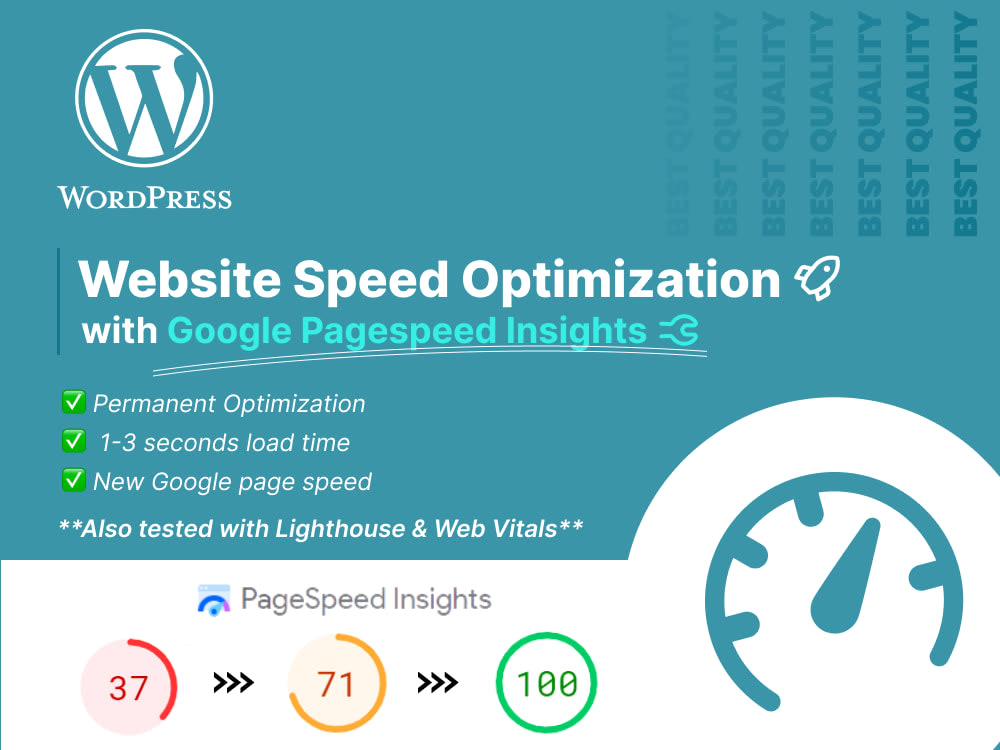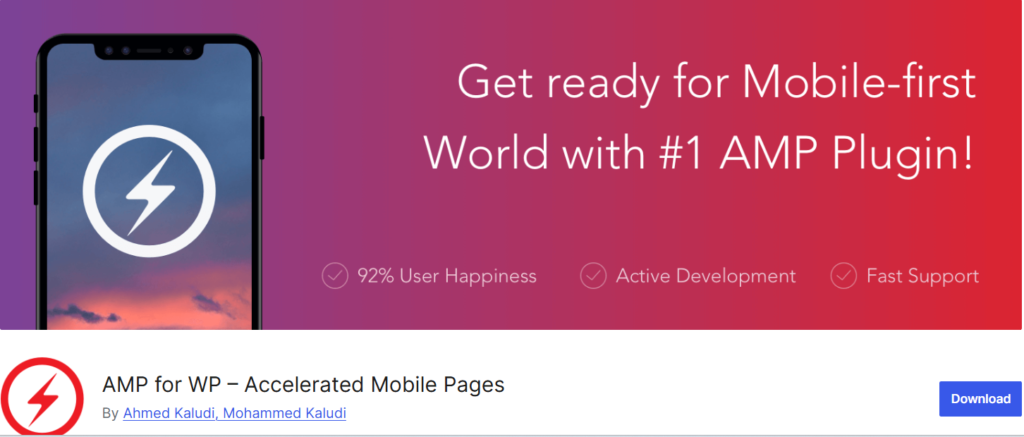Ever notice how almost everyone you meet is glued to their phones? Yep, that’s the mobile-first world we’re living in, and it’s changing the game for websites big time. If your site can’t keep up with all this mobile action, you might as well be invisible in search results.
Mobile usage stats are off the charts right now. More than half of global website traffic comes from mobile devices, and that number isn’t dropping anytime soon. This means your website needs to look great and work smoothly on phones and tablets. No one has time for clunky sites that take forever to load on their smartphones.
Google’s rolling with these changes too. Enter mobile-first indexing. This tech-talk basically means Google judges your site’s worth more on how it performs on phones than on desktops. So, if your mobile site is lackluster, your search ranking could take a hit. Makes sense, right? People are more likely to look you up on their mobiles, so Google wants to show them only the best results.

User experience is more than just a buzzword—it’s a big deal. A smooth, fast, and easy-to-navigate site keeps visitors sticking around. This doesn’t just make your visitors happy; it also boosts your chances of ranking higher in search results. Slow, hard-to-use sites drive people away, and nobody wants that.
Evaluating Your Current Mobile Website Performance
So, you’re on board with mobile SEO’s importance. Now, it’s time to get into the nitty-gritty — evaluating your site’s current mobile performance. This might sound tedious, but it’s the foundation of any successful mobile optimization strategy.
Start by running a mobile usability audit using Google Search Console. It’s a powerful tool that’ll flag any mobile usability issues on your site, like text being too small, elements being too close together, or your content not fitting well on smaller screens. Addressing these concerns is a great step towards fixing what’s broken.
Page speed is crucial. People aren’t sticking around waiting for slow pages, especially on mobile. Analyze the speed and responsiveness of your pages using tools like Google’s PageSpeed Insights. This tool pinpoints what’s slowing you down, like heavy images or excessive JavaScript, and it’ll even show you how to fix these issues.

Ever faced a mobile site that’s all over the place? Common mobile SEO issues can make or break the user’s experience. Look for problems like faulty redirects, missing alt text, or slow server response times. Once found, these issues should be dealt with promptly to ensure your mobile site meets users’ expectations.
Don’t think you’ll have to spend a fortune on tools to boost your site. There are tons of free resources out there. Tools like GTmetrix or Pingdom offer insights into how your site performs under a mobile lens. Use these to regularly assess and improve your site’s performance — you might be surprised at what you learn.
Implementing Mobile SEO Best Practices
Getting your mobile SEO right isn’t about throwing a quick fix at problems. It’s all about implementing the best practices that’ll keep your site cruising smoothly. This means thinking about the design and structure that work best on mobile devices.
First up, there’s the debate between responsive web design and mobile-specific designs. Each has its pros and cons. Responsive design, where your site adjusts seamlessly to any screen size, usually offers the best balance. But sometimes, a separate mobile site better serves your audience. Consider what works for you while keeping mobile convenience in mind.

Images and other media often take the blame for slow loading speeds. Optimizing these elements is pretty crucial. Compress images without sacrificing quality, and make sure videos load seamlessly. Tools like TinyPNG can help shave off file sizes, making your site leaner and quicker.
How’s your navigation? Mobile users want quick, easy access to whatever they’re looking for. Make sure your menus are simple and touch-friendly. Keep the most important things no more than a tap away, and steer clear of complicated dropdowns or endless scrolling.
Watch out for common pitfalls, like using Flash or heavy scripts that can bog things down. Test your mobile setup on different devices and browsers to uncover any hidden glitches. You want a site that performs like a rockstar across the board.
Content Optimization for Mobile Users
Okay, so your site’s structure is solid and your images are loading at lightning speed. What’s next? Time to focus on the content itself. Remember, mobile users are often on the go and looking for quick, relevant information.

When crafting content for mobile, think concise. Walls of text can be daunting on a small screen. Break it down into short, digestible chunks and use subheadings to guide readers through your text. Lists and bullet points can also help make your content more scannable.
Voice search is climbing the popularity charts, so it’s wise to optimize for it. This means phrasing your content in a conversational tone and targeting long-tail keywords that reflect how people naturally speak. Think of it as having a chat with your audience.
Headlines and meta descriptions need to be punchy and clear. They should capture attention even in smaller mobile search results, encouraging users to click through. Tools like Yoast can help you refine these essential elements.
Mobile-specific keywords matter. Consider how someone might search for information differently on a desktop vs. a phone. Tailoring your keywords to fit mobile users’ needs can enhance visibility in mobile searches.
Solid content isn’t about cramming keywords everywhere. It’s about creating valuable, relevant stuff that meets users’ needs.
Keywords are still necessary, but readability and relevance should always be top of mind.
Boosting Mobile SEO through Improved User Experience
With everything else set up, it’s time to up your mobile game by focusing on the user experience—a critical factor in keeping those visitors coming back.
A slick design that’s intuitive is key. Keep things simple and coherent so users can easily navigate your site. An overly complicated layout can send users running, so focus on clarity and ease of use.

Accelerated Mobile Pages (AMP) help your content load faster by stripping down to the essentials. Implementing AMP can give users quicker access to information, which they appreciate, especially on limited mobile networks.
Pop-ups can be tricky. While they might be useful on desktop, they can disrupt users on mobile screens. Keep your mobile pop-ups minimal and easy to close, ensuring they enhance rather than hinder the experience.
Constantly collecting and analyzing user feedback is a winning strategy. Use surveys or user testing to pinpoint areas needing improvement. Listening to real users provides insights that data alone might not reveal.
Adapting to user preferences and behaviors shows you’re committed to providing the best experience possible, boosting your site’s mobile SEO performance as a bonus.






